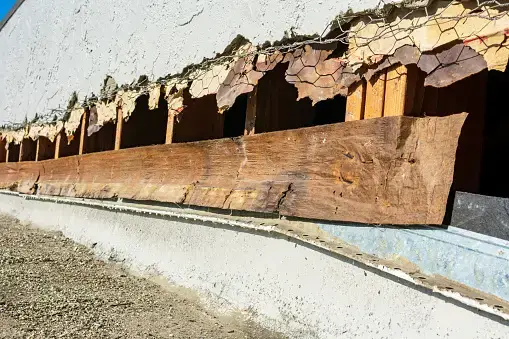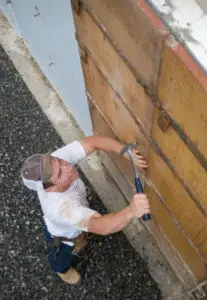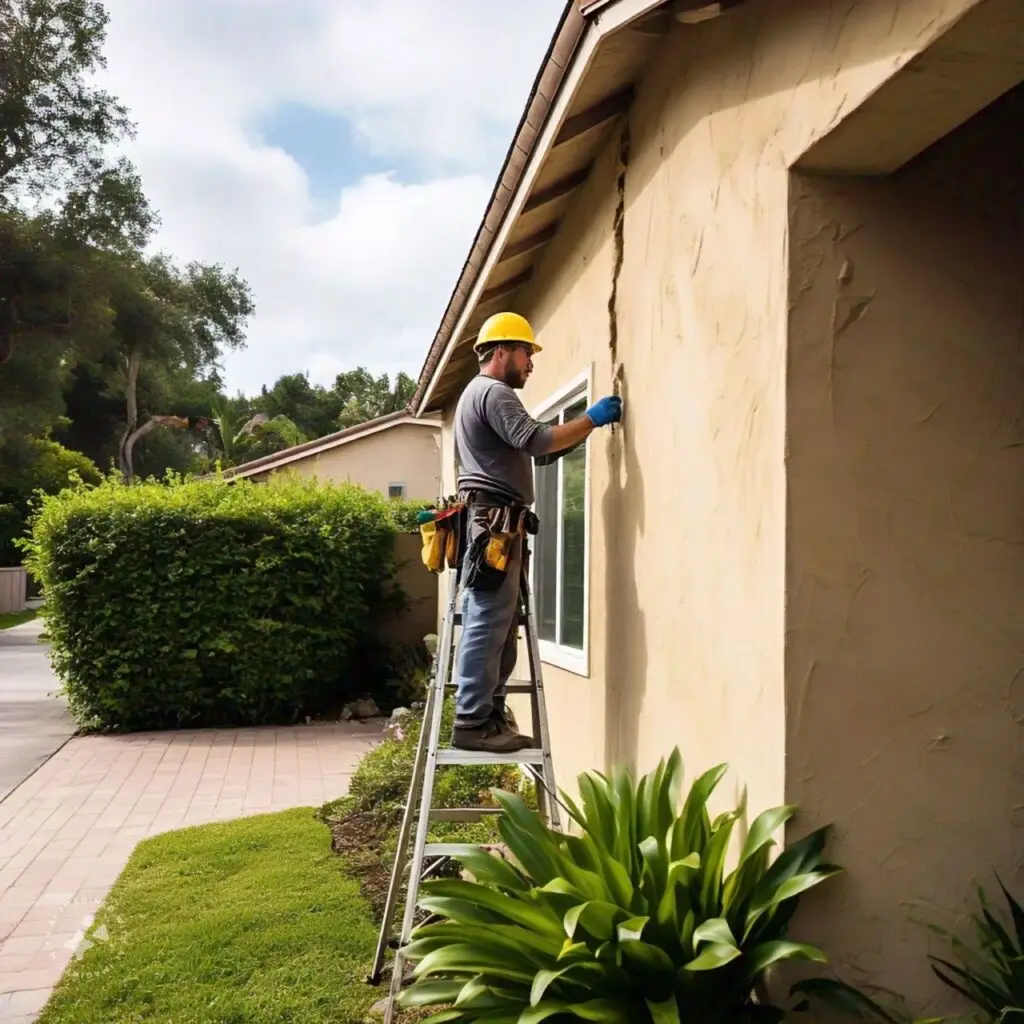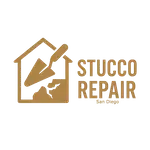- Contact Us
- Mon - Fri: 9:00 - 18:30
Stucco flashing is an integral component of any building’s exterior envelope, providing protection against water intrusion and prolonging its longevity. Over time, however, stucco flashing may become worn down and need repair.
Stucco flashing serves a critical purpose: stopping water seepage into buildings that could result in structural damage, mold growth, and other costly problems. By diverting it away from vulnerable areas of a structure, stucco flashing plays a pivotal role in keeping its integrity.


Like any building material, stucco flashing is vulnerable to wear and tear over time, including extreme weather conditions, improper installation procedures, or neglectful maintenance practices. Here are some signs of stucco flashing damage:
” We had to resurface the stucco on our house, and Stucco Repair San Diego did a great job, at an affordable price, looking as good as new. Very impressed by the level of craftsmanship.”

Creative Designer
“What can I say, the Stucco Repair contractors did amazing with care in every step of the project. The team’s expertise turned my outdated exterior into a modern marvel that I’m proud to call home.

Project Manager
“The process was seamless and professional. Every detail was handled with expertise and care, making the transformation of our home’s exterior truly satisfying.”

IT Programmer
Flashing is a thin metal barrier installed beneath the stucco around windows, doors, and roof transitions to redirect water away from the wall. Since stucco is porous, it can allow water to seep through—flashing prevents moisture from entering the structure and causing damage such as rot or mold.
Flashing must be installed underneath the stucco—not on top. Placing it above the stucco can trap water, leading to leaks and rot. Proper installation ensures water channels outward correctly and avoids unnecessary damage.
The typical repair process involves removing about 4–6 inches of stucco above the roof transition, installing correct step or Z-flashing with overlapping WRB (water-resistive barrier), then re-stuccoing the area. A kick-out diverter is also commonly added to direct water into the gutter.
While some homeowners hope for a patch fix, we recommend removing a small stucco strip above the flashing area to properly install or replace flashing. Without this step, you risk continuing leaks. One common approach involves cutting a small slot above the paint line and slipping the flashing leg behind the stucco.


11622 El Camino Real,
San Diego California
Mon-Fri: 9 AM – 6 PM
Saturday: 9 AM – 4 PM
Sunday: Closed
Copyright 2025 | All Rights Reserved stuccorepairsandiego.com